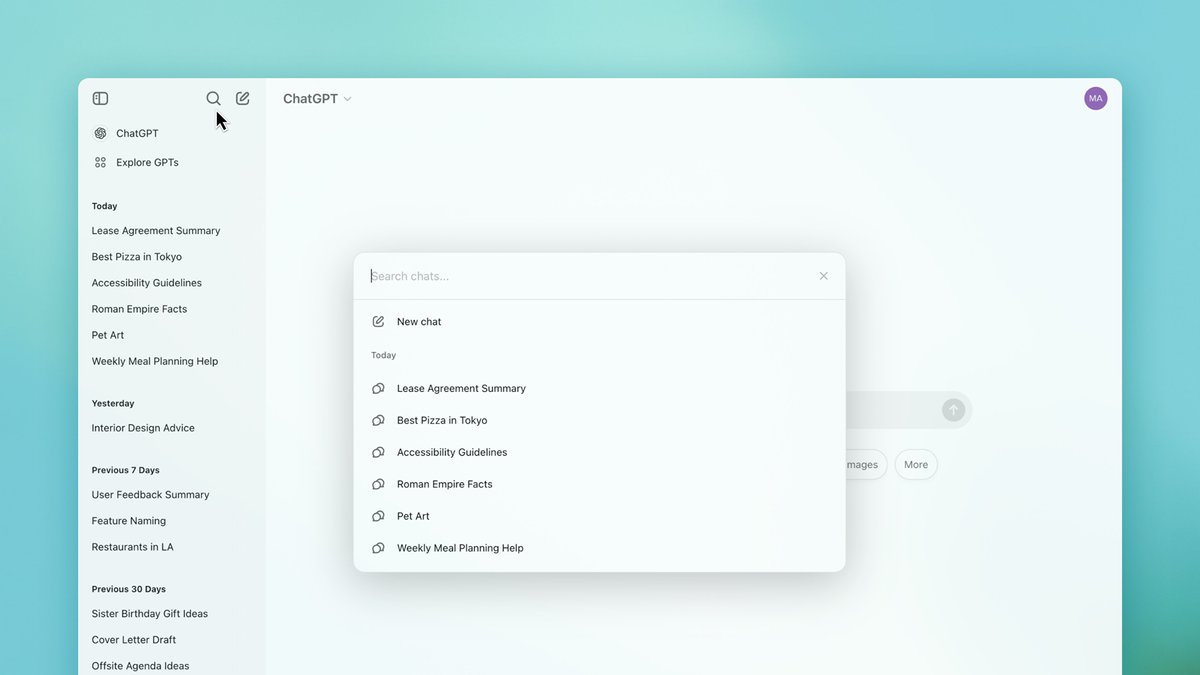Time zones make it easy to know that when it's 3 p.m. in New York, it's noon in L.A. But what time is it on the moon? Back in April, the Biden-Harris administration asked NASA to come up with a time zone exclusively for the moon.
There are myriad reasons why such a time zone would be beneficial to people on Earth, including precision calculations when planning moon missions. So NASA has begun work on Coordinated Lunar Time, which would be shortened to LTC, even though the letters aren't quite in that order.
According to NASA, the plan is to standardize the time similar to Coordinated Universal Time, which is the global time standard regulating clocks on Earth. UTC is determined by the weighted average of atomic clocks across Earth. LTC will be determined by the weighted average of atomic clocks on the moon. It seems simple enough, but NASA has some calculations to make before it can start shipping clocks to the moon.
The biggest problem NASA will have to tackle is best explained by Einstein's theories of relativity. Basically, 1 second on Earth is slightly faster than 1 second on the moon, due to differences in gravity and velocity.
This effect is called time dilation, and the difference in time adds up to about 56 microseconds a day, or a little over 20,000 microseconds per year. For reference, a single human blink averages between 100,000 and 350,000 microseconds.
Although that variation in time is imperceptible to humans, it's a big deal for space work. NASA says that this tiny time difference can throw off calculations enough to put future missions in danger.
"For something traveling at the speed of light, 56 microseconds is enough time to travel the distance of approximately 168 football fields," said Cheryl Gramling, NASA timing and standards leader. "If someone is orbiting the moon, an observer on Earth who isn't compensating for the effects of relativity over a day would think that the orbiting astronaut is approximately 168 football fields away from where the astronaut really is."
NASA scientists are working on the problem.. But there's a deadline on this assignment. The White House wants the lunar time zone figured out by Dec. 31, 2026. Even time zone projects, it seems, have a time limit.




:quality(85):upscale()/2023/09/21/802/n/1922729/d9a11ce9650c8850437280.00070284_.jpg)
:quality(85):upscale()/2024/10/30/955/n/42301552/28e49c1e6722ab5b973b38.46745005_.jpg)

:quality(85):upscale()/2024/10/30/711/n/1922441/c62313206722590ade53c4.47456265_.jpg)

 English (US) ·
English (US) ·